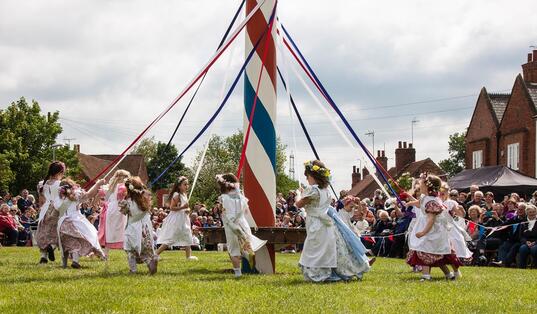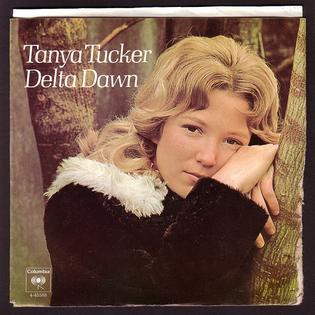
First off, let’s talk a little bit about Camelot. I am specifically referring to the 1960 Broadway production, starring Richard Burton, Julie Andrews, and Robert Goulet. It ran for 873 performances and won 4 Tony awards. The original cast album was the #1 album for 60 weeks! (Keep in mind that a year only has 52 weeks.)
In 1967, there was a movieversion that starred Richard Harris (he was also the first Dumbledore),Vanessa Redgrave, and Franco Nero. (Hmm. Nero and Redgrave have been married since 2006!) It was not good. Both Harris and Redgrave did their own singing. They should not have. Nero did not, but apparently didn’t communicate with this singer about what was funny and what wasn’t. “The Lusty Month of May” was done veerrryyy slowly.
So, we are going to focus on the stage version and that original cast recording. I found it in my parent’s record collection sometime in the mid-1970s and was instantly hooked. When I was 17, the nearby community theatre company did Camelot. It was my first musical after Hansel and Gretel. I loved that show! My ardor was somewhat diminished by the fact that it was horribly hot that summer, with temperatures over 100. (Almost unheard of at the time in West Virginia.) And I was wearing neck to floor green velvet with a double layer on my arms because of the way the sleeves were designed. It was a gorgeous gown, but I was miserable in it. (A lot like this, but in a deep forest green.)
It was during the dance part of “The Lusty Month of May” that my lack of dancing ability became abundantly clear. I did finally get the “grapevine” move down, but that took a lot of work!
That lovely month when everyone goes blissfully astray.
Tra la! It’s here! That shocking time of year!
When tons of wicked little thoughts merrily appear.
It’s May! It’s May! That gorgeous holiday,
when every maiden prays that her lad will be a cad!
It’s mad! It’s gay! A libelous display.
Those dreary vows that everyone takes, everyone breaks.
Everyone makes divine mistakes.
The lusty month of May!
Whence this fragrance wafting through the air?
What sweet feelings does its scent transmute?
Whence this perfume floating everywhere?
Don’t you know it’s that dear forbidden fruit!
(A lot of Tra las follow)
Tra la! It’s May! The lusty month of May!
That darling month when everyone throws self-control away.
It’s time to do a wretched thing or two,
And try to make each precious day one you’ll always rue.
It’s May! It’s May! The month of “Yes, you may.”
The time for every frivolous whim, proper or “im.”
It’s wild! It’s gay! A blot in every way.
The birds and bees with all of their vast amorous past,
Gaze at the human race aghast.
The lusty month of May!
Tra la! It’s May! The lusty month of May!
That lovely month when everyone goes blissfully astray.
Tra la! It’s here! That shocking time of year
When tons of wicked little thought merrily appear.
It’s May! It’s May! The month of great dismay,
When all the world is brimming with fun, wholesome or “un.”
It’s mad! It’s gay! A libelous display.
Those dreary vows that everyone makes, everyone breaks.
Everyone makes divine mistakes.
The lusty month of May!
There are traditions involving May Day, or the first of May, in just about every European culture. These may all go back to the Greeks and the Romans. In ancient Greece there were several festivals that started with the first day of spring: 1 May. This was the day that Persephone returned to her mother, Demeter, after spending the winter months in the Underworld with Hades.
In an short aside: according to Greek mythology, Hades, the god of the dead, wanted to marry Persephone, a lovely young maiden and the daughter of Demeter, the goddess of agriculture. Hades got permission from his brother, Zeus, the head-god, and abducted Persephone. Her mother, not knowing what had happened to her beloved daughter, caused all the growing things to die—thus, fall and winter. Finally, Zeus agreed to allow Persephone to return above ground, but only if she had not eaten anything. Turns out that she had eaten 6 pomegranate seeds. So, Zeus ruled that she could spend 6 months above ground with her mother and 6 months below with Hades. This gave us the four seasons.
So, Persephone returning to her mother is definitely a cause for celebration. But where does this idea of licentiousness come from?
That is another Greek festival, this one dedicated to Dionysus and Aphrodite. Dionysus was the god of wine, poetry, and theater. Aphrodite was the goddess of love and sex. While the celebration over Persephone lasted only a few days, the one for Dionysus and Aphrodite was much longer. Held only every three years, it lasted all month and was marked by theatrical events, drunkenness, and orgies. The lusty month of May indeed!
When we lived in Germany, each village had its very tall May Pole that was put up the evening before May Day. Men stood guard around it all night protecting it from men from other villages who would come and try to pull it down. Also, that night, young men would get cans of white paint and draw a path from their door to the door of their sweetheart.
On May Day itself, there were festivals and parties with the young women weaving complex patterns with the streamers attached to the very top of the May Pole.
I think it snowed here on May Day this year.
Do you have any May stories? Why do you think it’s a lusty month? Let me know in the comments below. I’ll be posting some spring/May songs on my Minnich Music Facebook page, so please be sure to check them out.
Until next time!




 RSS Feed
RSS Feed